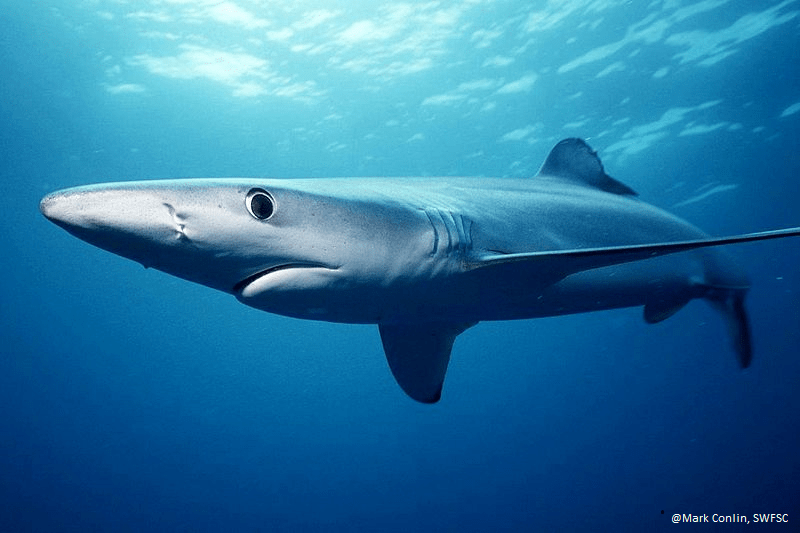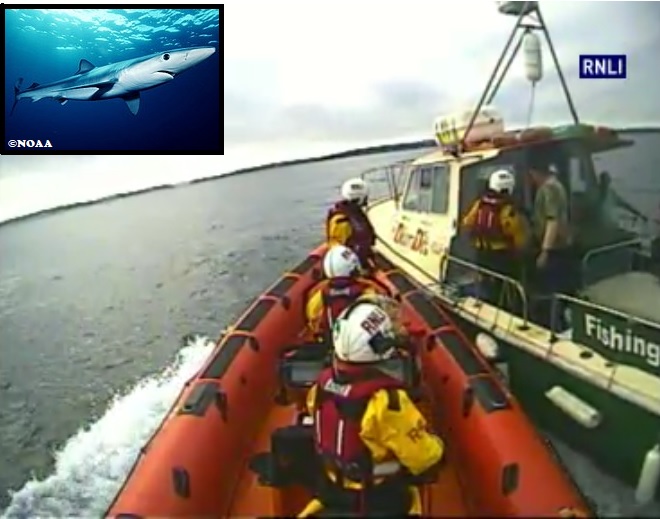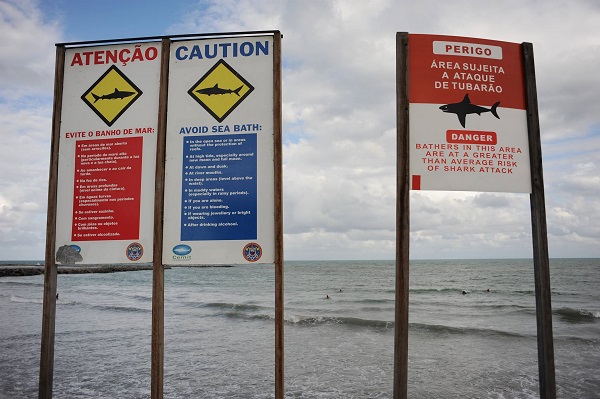A paper was recently published by Colin A. Simpfendorfer and Nicholas K. Dulvy, aiming to show sustainable shark fishing as a feasible solution to the shark trade crisis.
A quarter of shark and ray species are currently facing extinction. Can sharks and rays really be fished sustainably? This report suggests that with science-based management, they can.
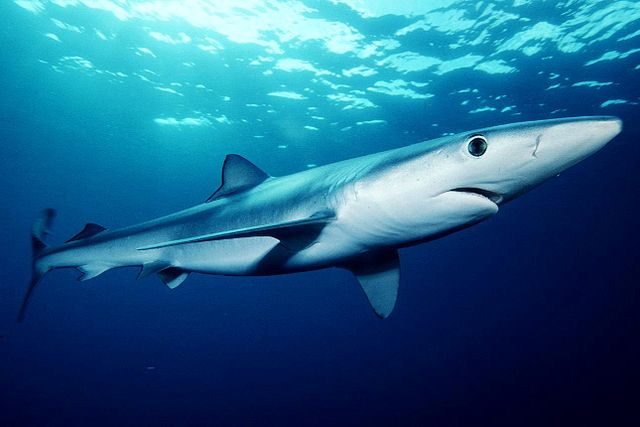
To use an example species, according to the findings in this paper, 50,000+ tonnes of blue shark (Prionace glauca) are caught in the North Atlantic, 25,000+ tonnes caught in the South Atlantic and 25,000 tonnes caught in the Pacific. Blue sharks are currently listed as near threatened on the IUCN red list of threatened species. Although their productivity is not as low as some species, with gestation periods ranging from 9 to 12 months and litters averaging 25 to 50 individuals, at these massive catch rates, we could see this species move from near threatened to vulnerable if quotas are not addressed across these oceans.
Fishing for blue shark could be sustainable, however. Limiting quotas based on scientific measurements, restricting the areas and frequency of fishing in those areas, with strict monitoring of catches of these sharks, would allow stocks to recover. These stocks could then be maintained by applying the protection and management policies outlined in this paper. This would require strict regulation and monitoring by all countries responsible for the areas where blue sharks are found.
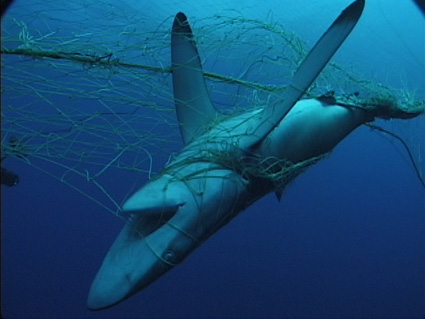
What we don’t want to see is the severe decline of any species due to fishing pressures. The oceanic white tip (Carcharhinus longimanus) is caught in large numbers as a bycatch by longlines, gillnets, handlines and trawl nets yet their catches are inadequately monitored. Due to its unique fin, this shark is a prized catch for the finning industry but their fins are often removed and the rest of the shark discarded. It is now thought to have suffered a decline of 60-70% in the northwest and central Atlantic Ocean and up to a 10-fold decline in abundance from the baseline in the central Pacific Ocean. Oceanic white tips have low biological productivity, which increases its vulnerability to fishing pressures.
The key is management. Targeting sharks and rays that are slow to mature and reproduce, and those that have small litters is unlikely to be sustainable. Allowing catches for sharks/rays that have high biological productivity, but applying science based quotas is something that should be applied to global fisheries management.
Read the paper at http://www.cell.com/current-biology/fulltext/S0960-9822(16)31464-6
Esther Jacobs Overbeeke is a shark Conservationist and founder of Keep Fin Alive. The Keep Fin Alive campaign takes a light-hearted approach to help change common misconceptions of sharks, while driving more attention to major issues including shark overfishing, finning, shark fishing tournaments, bycatch and longlining. She is a publishing consultant for Oceans Research
